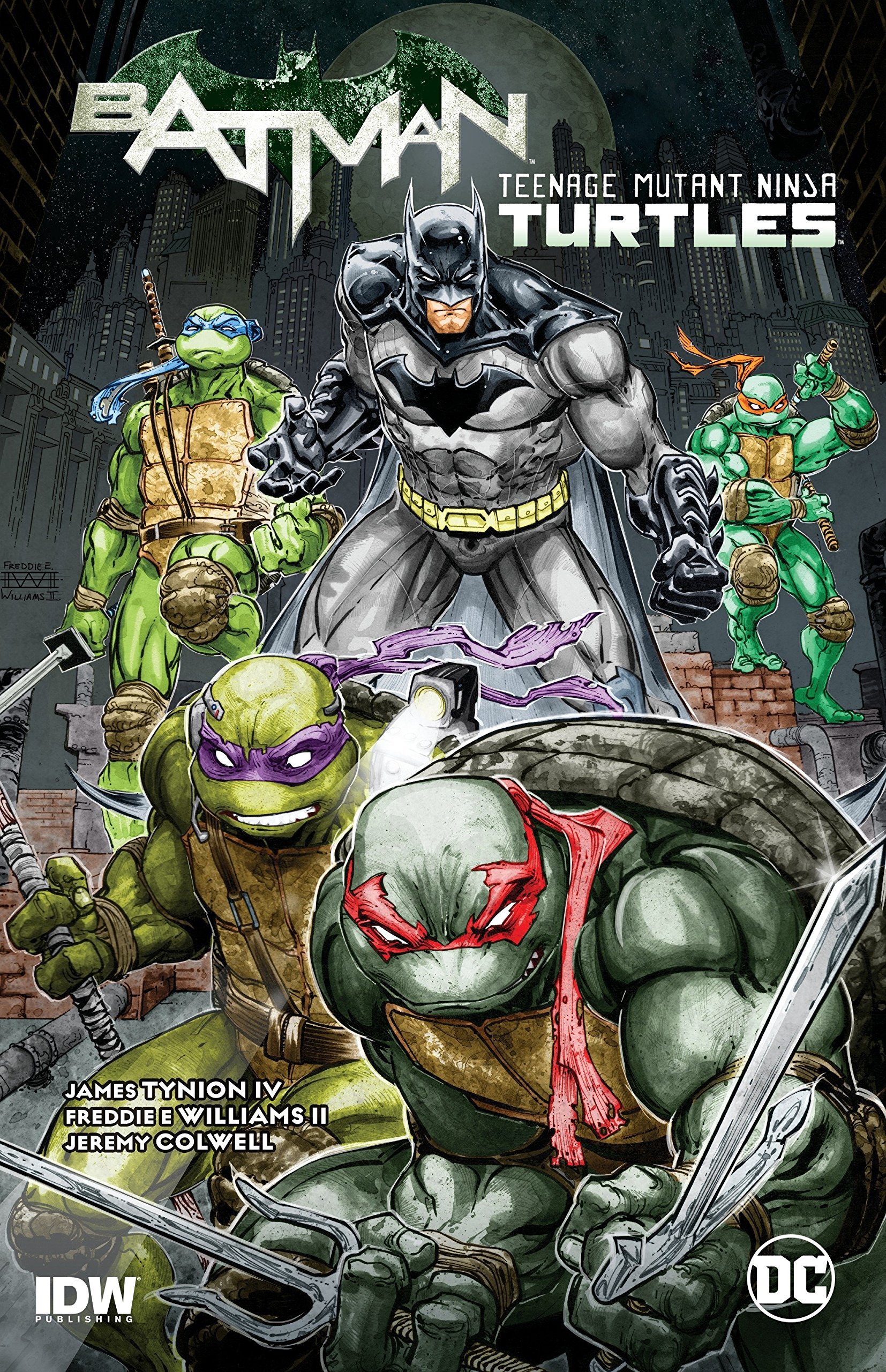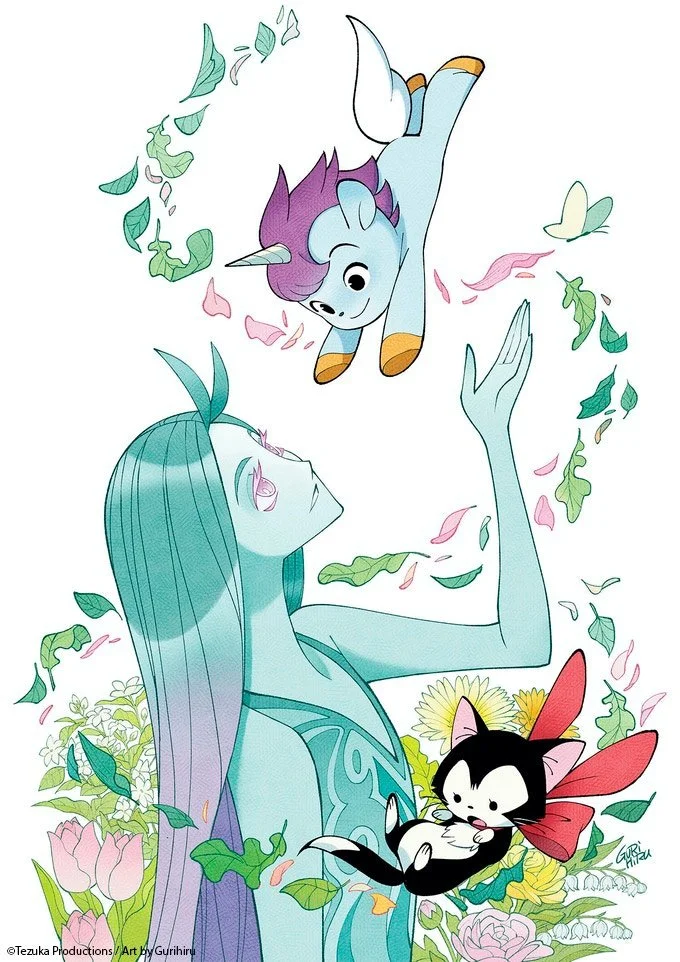The Man Without Fear...By The Year: 1976
By Bruno Savill De Jong — It’s 1976. The Apple Computer Company is formed, Richard Dawkins coins the word ‘meme’ and the Viking programs become the first landers on Mars. People are listening to “Dancing Queen,” watching Network, and reading Daredevil.
Written by Marv Wolfman (129-139), Chris Claremont (Annual 4), Bill Mantlo (140)
Illustrated by Bob Brown (129-135), John Buscema (136-137), John Byrne (138), Sal Buscema (139-140), George Tuska (Annual 4)
Inks by Klaus Janson (129-132, 140), Jim Mooney (133-139), Frank Chiarmonte (Annual 4)
Colors by Michelle Wolfman (129-136, 139), Don Warfield (137), Bonnie Wilford (Annual 4), Klaus Janson (140)
Lettered by Joe Rosen (129, 131-132, 134-138), John Costanza (130, 139), Ray Holloway (133), Annette Kawecki (Annual 4), Karen Mantlo (140)
The granular nature of this retrospective has highlighted the oddness of time. That the ‘Ages’ of comics rarely have watershed moments so much as gradual fades and mutations. 1976 was America’s bicentennial, a reminder of its history and its progress, good and bad. “Seems to me that things were much simpler in the good ole days,” Daredevil muses, “I’d find a super-foe and smash him to Kingdom-Come.” But at what point did these supposed “good ole days” end and the “dark current ones” begin? When exactly did the times change?
1976 Daredevil is hardly complex by today’s standards. It is still mostly concerned with finding and smashing super-foes. But there’s a strange, frustrated anger to many of its stories. 1976 opens with Man-Bull being irate at not being given a fair trial, escaping the court and even Daredevil, only to suicidally run into the ocean. And 1976 ends with Daredevil – in distinctly scratchy Klaus Janson artwork – mercilessly beating Gladiator and the Beetle while finding it a hollow victory.
Daredevil #139 is a good example of the more grounded, issue-based stories of Marvel Comics as Daredevil rushes around the city to find a grieving drug-addicted woman, Joyce, whose (unseen) husband is detonating bombs until she is found. Daredevil has done societal stories before, but rarely with such intensity or screen-time as when Joyce searches for her next fix and ruminates on her husband’s domestic assault. Daredevil #139 needs its own separate article to disentangle its gender politics, Joyce apparently sent into a maternal craze by her daughter dying and her terrorising husband strangely forgiven for trying to get her help. But the explicit mention of drugs gives it a sharper edge, even if Daredevil is thoroughly applauded for beating the dealers since there is “no pain enough for what he and countless others like him have done to a generation seeking a misguided truth in a syringe.”
On a lighter note, depictions of sex have also loosened up in 1976, as Matt’s new girlfriend Heather is extremely forward and amorous towards him. Beforehand, Matt was ready to propose to Karen Page before they even kissed. And although Daredevil’s relationship with Black Widow carried steamy subtext, textually Natasha asserted she and Matt “slept on different floors'' and were too busy fighting crime to turn the lights off. Heather has no such problems, vowing to take the sober Matt and “loosen him up.” Matt himself notes how Heather is “not at all like Karen Page… and she’s the exact opposite of Natasha,” but finds himself caring for her in her own right. Plus Heather never seems judged for her fun-loving attitude, rejuvenating Matt and encouraging him and Foggy to establish an affordable community-focused Legal Storefront.
1976 also introduces Bullseye, one of Daredevil’s most enduring enemies, even in his first appearance Bullseye is less a sadistic assassin and more a showboating Vietnam veteran who drags Daredevil to a circus for a televised fight. Meanwhile, Daredevil is hounded by Lt. Bert Rose, a policeman who believes vigilantes are attention-seeking glory-hounds and continually critiques Daredevil. This isn’t helped when mysterious doctored footage shows Daredevil murdering three policemen, creating a public manhunt for him. Similar fake news makes Foggy Nelson lose the race for DA re-election, with campaign ads of him getting a pie in the face, but Foggy lands on his feet by a genuinely sweet scene of him joining Matt at the storefront – partners Nelson & Murdock once again.
These fabricated broadcasts, it turns out, were made by the (redesigned) Jester to sow chaos and disharmony across New York – reminiscent of when he framed Daredevil for his own murder in 1968, as he does again here. Jester stole the technology from someone who wanted to make movies with deceased actors, eerily similar to current deepfake technology that is being used to “revive” dead actors, with potential fake news applications as well. Other news the Jester spreads includes JFK and RFK being alive and the Vietnam War never happening. Essentially, it tries to eradicate the past decade, saying all that craziness was itself a coordinated conspiracy theory.
Matt comments that “after Watergate and some of the CIA scandals, well, people were just too quick to believe anything bad about the government.” The Jester only took advantage of a populace ready to believe anything. TV News is specifically attacked for being too seductive and manipulative. A big film of 1976 was Network, which satirized the dissolution of news into entertainment, the public being unable to differentiate broadcasts and reality. This story-arc takes a similar, if much more explicit, indictment of TV, with the Jester nearly persuading a mob to lynch Daredevil – as “we all saw it on television, didn’t we?” – and concluding with Daredevil making a speech about a “well-informed public.”
Daredevil, however, is hardly innocent in the proliferation of mass media, since the late ‘70s were when Marvel Licensing exploded. CBS’ live-action TV adaptation of The Incredible Hulk and Spider-Man debuted in 1977, and Marvel published comics involving SNL, Kiss, 2001: A Space Odyssey, and in Daredevil #133, our hero teams up with controversial Israeli illusionist Uri Geller. The comic treats Geller like a regular superhero, including his “origin story” of how a “silver glow shining high in the sky” granted him superhuman abilities, not far from Geller’s actual claims of extra-terrestrial contact. The story proceeds to have Daredevil and Geller battle his old foe Mind-Wave, who like Geller has telepathic powers. At the time this issue was fairly controversial, as it seemed Marvel was legitimizing Geller’s fraudulent claims. But looking back, treating Geller as a superhuman only further separates him from reality, and is mostly a harmless relic.
Daredevil was involved in several crossovers in 1976, saying to himself “I’d swear my life was becoming one big superhero team-up.” Even Matt’s old flame Karen Page appears in the pages of Ghost Rider (where she’s apparently become a supporting character – I can’t read everything) that ties into a Daredevil issue where Matt must rescue her and (again) heal old wounds. The past always beckons for Daredevil, wishing for a “simpler time” and Edenic harmony before everything became so complicated. Although it’s not like he and Karen ever had a healthy relationship, or life was really so easy in the ‘60s. 1976 Daredevil is an uneven year, but it contains some fascinating plot-lines about dealing with history, and the struggle of continually saving the day with seemingly no reward or end in sight.
Check out past installments from The Man Without Fear…By The Year!
Check out Bruno Savill De Jong’s last regular series, Gotham Central Case by Case!
Bruno Savill De Jong is a recent undergraduate of English and freelance writer on films and comics, living in London. His infrequent comics-blog is Panels are Windows and semi-frequent Twitter is BrunoSavillDeJo.












